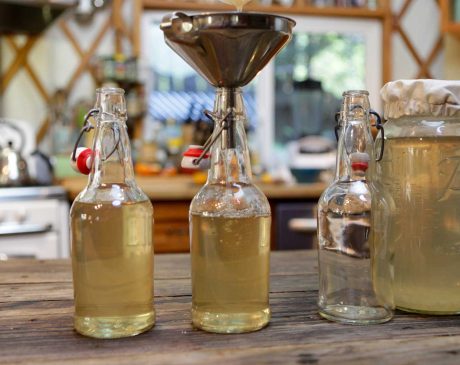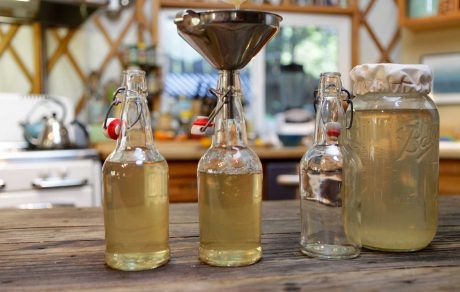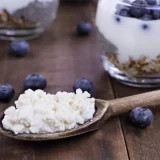Milk Kefir Frequently Asked Questions

Discover answers to Milk Kefir Frequently Asked Questions. Learn about fermentation, caring for kefir grains, and more.
We ship free via Canada Post Regular mail. This shipping method usually arrive within 2 – 15 business days. There have been a lot of delays with Canada Post and some orders have taken up to 3 weeks. The grains will still be ok. It may however take a few batches to ferment.
We also ship via Canada post Xpresspost which will arrive in 1- 3 business days after shipment. This option does not qualify for free shipping and comes with tracking a number which will be emailed to you.
The shipping option you chose will determine when you receive your order. Please check our shipping and payments page for more information.
Mailed kefir grains will spend days without fresh milk. They might not ferment within the initial 24 hours and will need time to adjust to their new environment. Following the first 24 hours of fermentation, you should discard the milk and begin a new batch. You might need to repeat this process a few times until the grains reach their optimal health. To replicate a similar environment for your grains, I suggest starting with whole milk, then switching to the milk of your choice after the first successful fermentation.
For 1 tsp of grains you can make one cup of kefir. You can purchase more grains if you need to make more cups of kefir per batch.
When it comes to making kefir, there’s a wide range of milk options to experiment with. We’ve tested various types, including pasteurized, homogenized, organic, goat, powdered, and non-dairy options like almond, walnut, coconut, rice, oat, flax, peanut, pumpkin seed, macadamia nut, pecan, and sunflower seed. Keep in mind that different types of milk can yield varying consistencies of kefir. We recommend starting with whole milk (homo milk) to establish a similar environment for your grains. Once you’ve successfully fermented your first batch, you can switch to your preferred milk type.
We do not recommend rinsing the grains. The grains use the coating to protect itself and rinsing them off may cause damage. If you do wish to rinse the grains, do not use chlorinated water and ensure you boil the water and let it cool completely before rinsing.
Everyone has their prefer method on the washing process of the jars. Our preferred method is to rinse the jar with warm water after each use. We then do a thorough wash with warm water once a week.
Your kefir grains will multiply overtime. If you have an excessive amount you can feed them to your pets, share with friends and family or add the grains to your favourite smoothies. You can also freeze your grains and store for several months or up to a year.
You can drink as much kefir as it feels right for your body. Some people prefer to start with a quarter cup a day and work their way up to about 3 cups per day.
It will become more curdled and you will see separation with the liquid whey and the thicker kefir. Additional fermenting time will also change the taste, it will become more sour and tangy.
You can test them by fermenting a new batch. If the grains are dead, there will be no sign of fermentation after a few batches. Another sign is the appearance of mold on the surface. If that happens please discard. Unfortunately there is nothing you can do to preserve grains that have died.
EXPLORE MORE:
WATER KEFIR
– Water Kefir Grains
– Instructions
– FAQs
– Troubleshooting
– Flavouring Ideas
MILK KEFIR
– Milk Kefir Grains
– Instructions
– FAQs
– Breakfast Recipes
– Smoothies
– Dessert Recipes
PRODUCTS
– All Products
BLOG
– Kefir Blogs
CONTACT US
– Get In Touch







